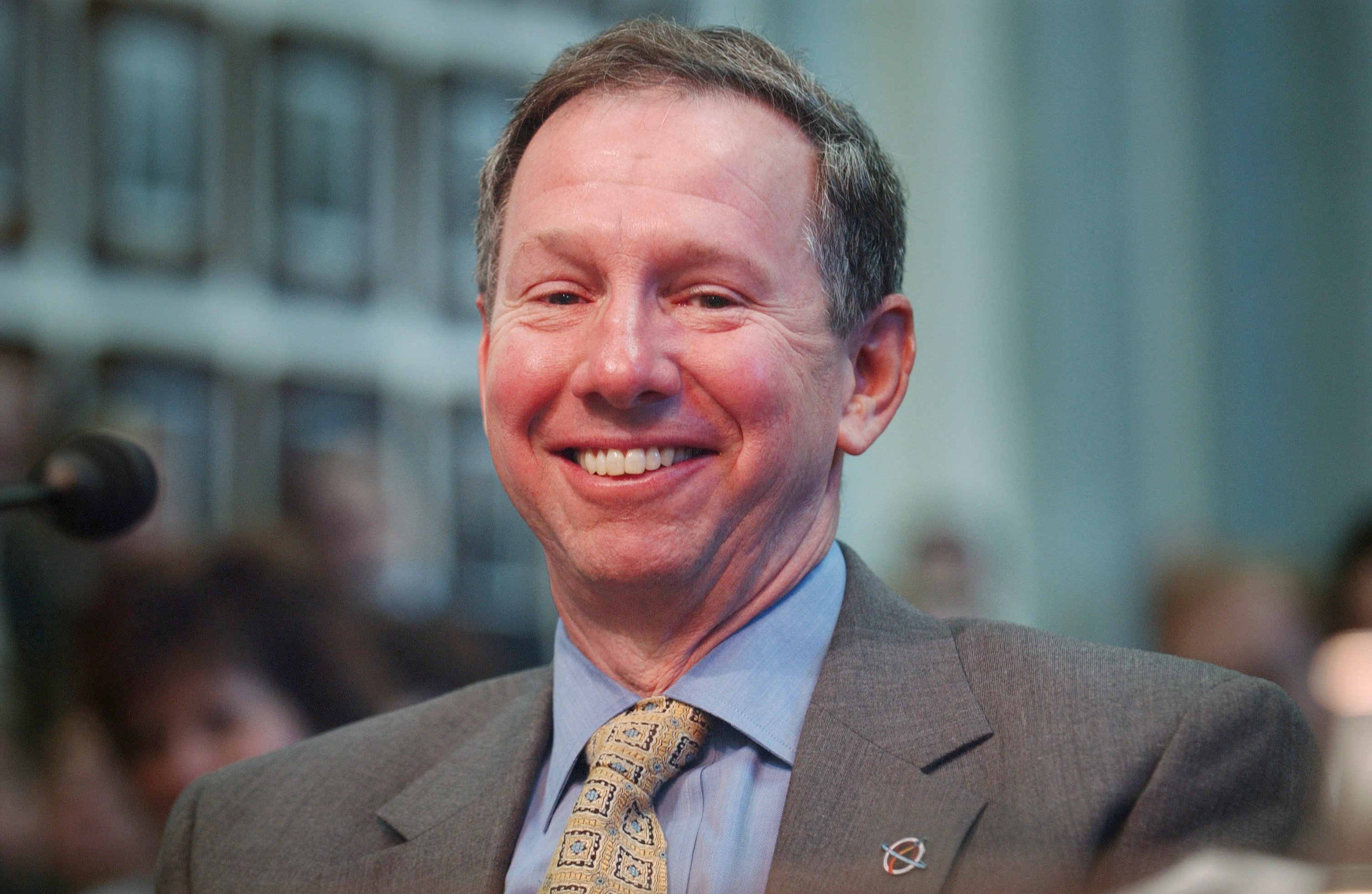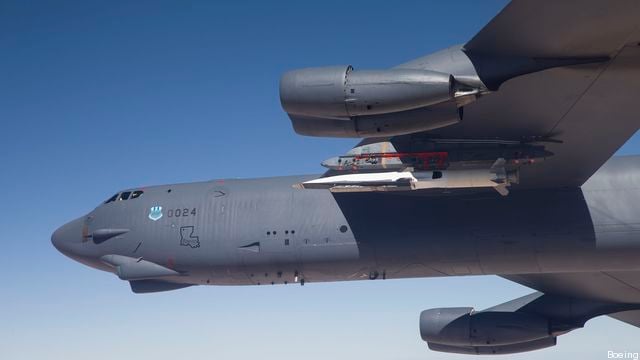
Michael Griffin during NASA days
CORRECTED: China Conducted 20 Times As Many Hypersonics Tests As US, Not 20 Percent
WASHINGTON: Michael Griffin is a man in a hurry. The former head of NASA and now the Pentagon’s new undersecretary for research and engineering, Griffin used his first public comments since starting his job last month to deliver a scathing critique of how the military develops and buys equipment today, saying old rules and regulations “are going to have to take a backseat” in the face of the United States doing everything it can to keep ahead of China and Russia.
At the top of his list is development of hypersonic missiles.
“I plan to create new budget lines that may not yet exist,” Griffin told a defense industry crowd at the McAleese/Credit Suisse summit here. “The United States is not yet doing all that we need to do to respond to hypersonic missile threats,” he said. “I did not take this job to reach parity with adversaries, I want to make them worry about catching up with us again. Any American, any ally or partner that we have who doesn’t see it that way, I don’t have time for you.“
It’s not clear how Griffin will add new lines to the current budget, already packed with new modernization programs and bristling with refit and sustainment dollars that had been neglected in recent years. But he said he’s working on moving things around in the 2019 budget which was released last month. Congress may have to play a role, depending on how and how much Griffin wants to move things around.
There is already $257 million on the books for DARPA and the Air Force to conduct research on hypersonic missiles, a whopping 136 percent increase over the 2017 budget. Current plans call for an “operational prototype” due in 2023.

A B-52 prepares to launch the X-51 “hypersonic” test vehicle.
But it’s not clear that is fast enough for Griffin. Equally unclear is what congressional appropriators will have to say about making more room in an already crowded budget. But as both Pentagon and congressional leaders have said in recent months, there is an increasing gap between American capabilities and those of its closest peer competitors, Russia and China.
The Chinese have conducted 20 times more hypersonic missile technology tests than the United States in recent years, Griffin said. Just last week, Russian President Vladimir Putin boated that his country had developed a hypersonic cruise missile, which he claimed is now undergoing trials. The announcement increased fears in Washington that the Americans had fallen behind. Speaking to reporters in January, vice chairman of the Joint Chiefs Gen. Paul Selva admitted “we have lost our technological advantage in hypersonics.”
That gap, Griffin claimed, creates instability. If the Chinese started throwing hypersonic missiles at American bases in the Pacific and sinking carrier strike groups, “our only response is to let them have their way or go nuclear. That should be an unacceptable situation for the United States — it invites bad behavior by adversaries.”
All of which is to say that the Pentagon is looking toward Beijing as its primary challenge in the near-term. Air Force Secretary Heather Wilson crystallized this last month when she said that her service focuses “primarily on China in the Air Force because they are modernizing much more quickly than Russia, so for us that is the pacing threat.”
Griffin picked up the theme, adding that given years of failures in the Pentagon’s acquisitions system, “the Chinese love our acquisition system. They are the biggest fans of our acquisition there possibly could be.”
On Monday, Beijing announced an 8 percent military budget increase for 2018, and Griffin observed that “China has set itself on the course of becoming our primary adversary….They don’t make a big show out of it, they just work quietly. They are pouring hundreds of billions of dollars into it.”
Conversely, the decades-long postwar American technological advantage has been slipping. “Our generation has been busy wasting that away,” Griffin said. “We have deficits. We have entitlements. We have wars in the Middle East….We thought we would never have another [peer] adversary.”
Corrected Wednesday 8:00 am: Griffin said China had conducted 20 times as many hypersonics tests as the US, not 20 percent more as in the initial version of this article.
Airbus, UK agree $152 million deal for 6 H145 ‘overseas’ helicopters
The fleet of light-twin rotorcraft will replace Airbus Puma HC2 types, which have been temporarily based in Brunei for British Army training and the island of Cyprus in support of Royal Air Force search and rescue missions.


























